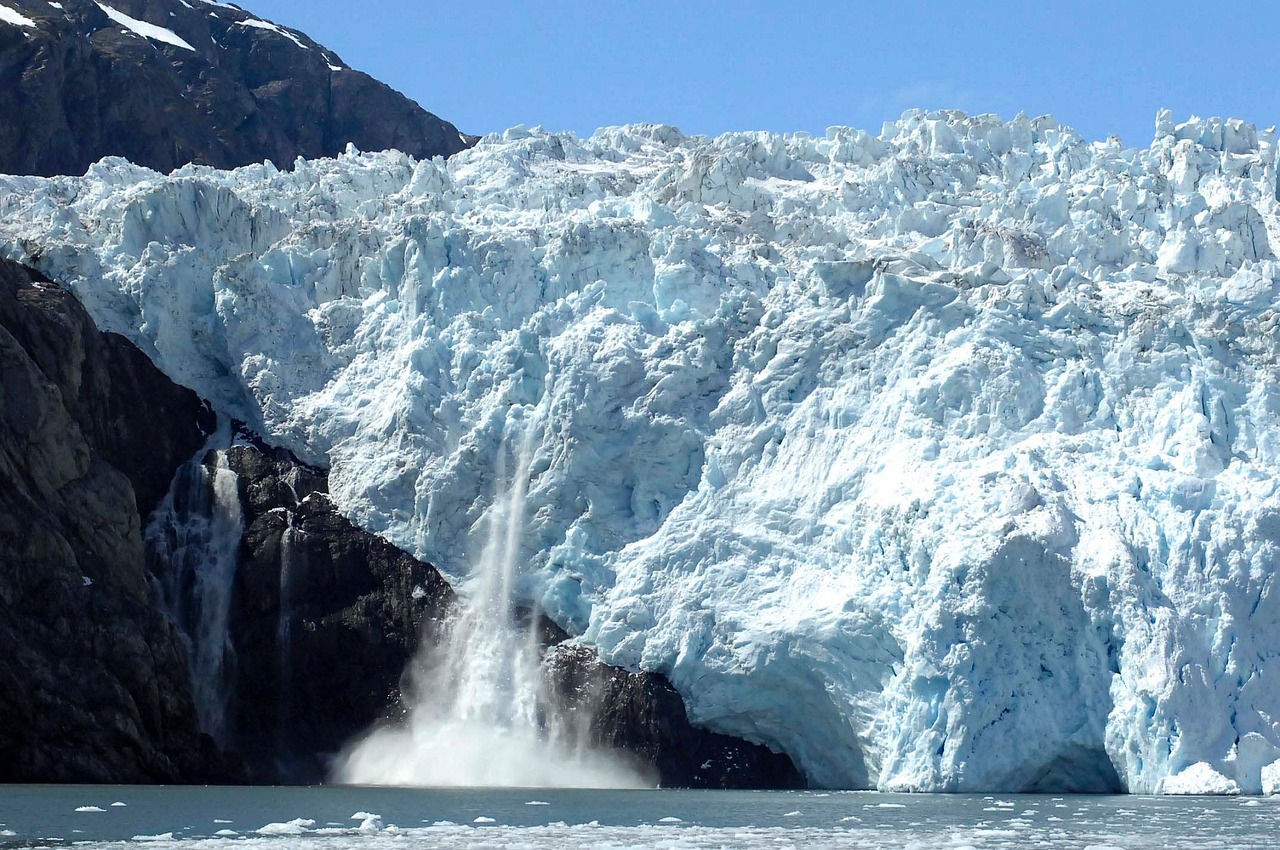Today, an increase in sea levels globally, is as real as daylight. Although the ocean has only increased an approximate 8-inches, it has risen more in some places than others.
The increase in temperatures, as a result of global warming, is having a big effect on the melting of glaciers, along with ice sheets on the borders of lands. With this occurrence, more water is rolling into the oceans, leaving certain parts of the it higher than the rest.
It’s hard to imagine that it only affects certain parts thereof. When ice melts, however, it slightly adjusts the rotation of the earth, which cannot be prevented or reversed.
When ice sheets melt, they also don’t just release a substantial amount of water into the ocean, but they also produce a gravitational field, which has the same effect on the earth as the moon. Although this force isn’t very big, it pushes the ocean’s water away from the land.
How do melting ice fields influence the sea levels of the world?
Melting ice fields, whether surrounding the area that it melts or thousands of miles away, increases sea level everywhere. Some of the most popular locations where this occurs, is Antarctica, the Alaska glaciers, Greenland, Himalaya and Patagonia.
Each location contributes to a rise in sea level on the shores of different countries. New York City’s sea level, for instance, has already been affected by the melting of ice, due to an increase in temperatures in the northern end of Greenland. Ice melting in Canada has also had a significant impact on the rise in sea level for the surrounding area.
By establishing which countries affects the various locations of a rise in sea level, NASA scientists can predict the next few decades of an increase for each coastal city in the U.S.
Get bottled water coolers and mains water coolers from Living-Water in London.






